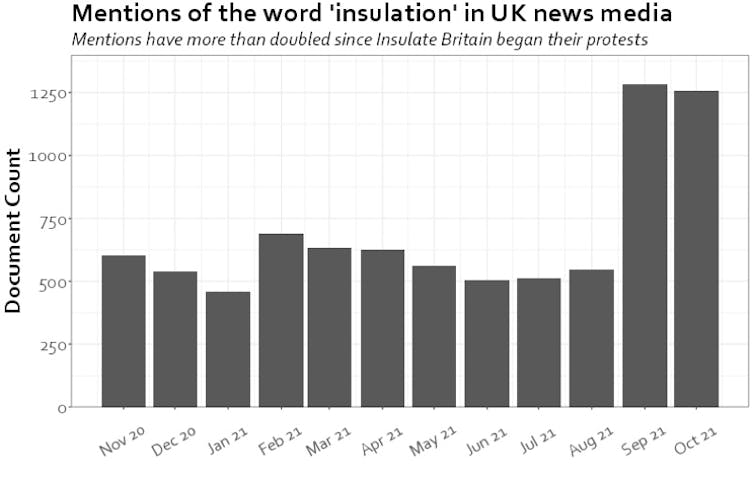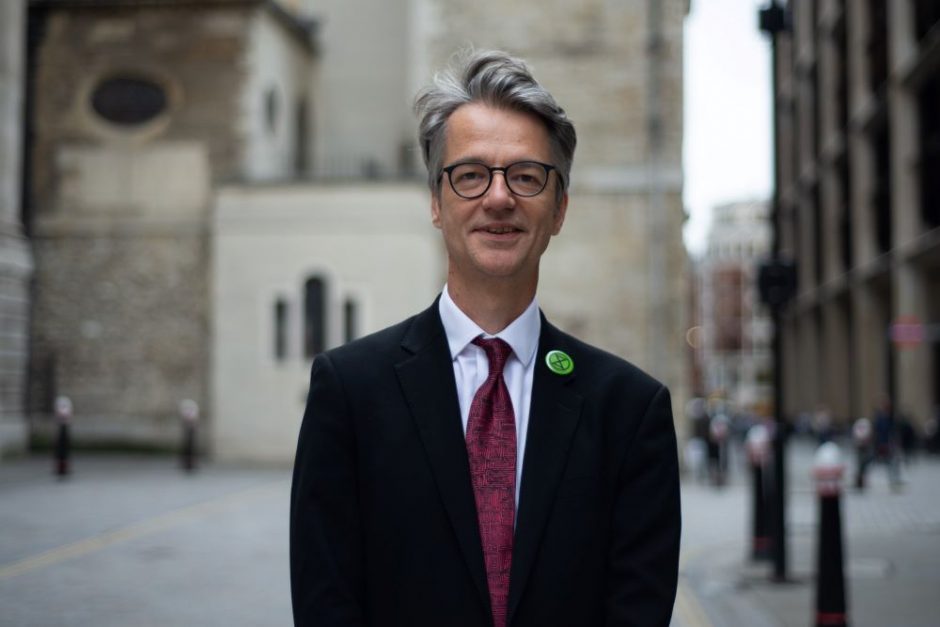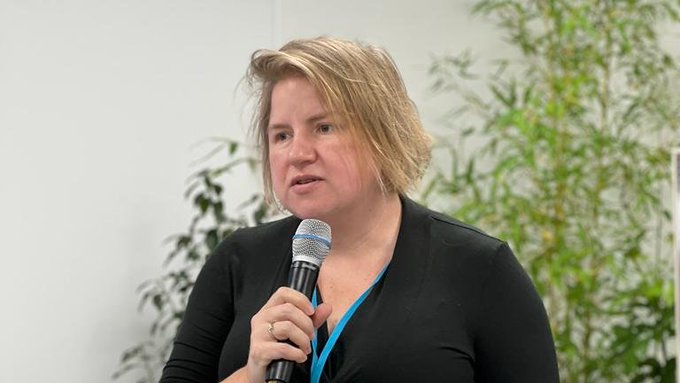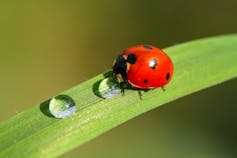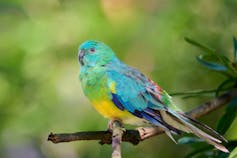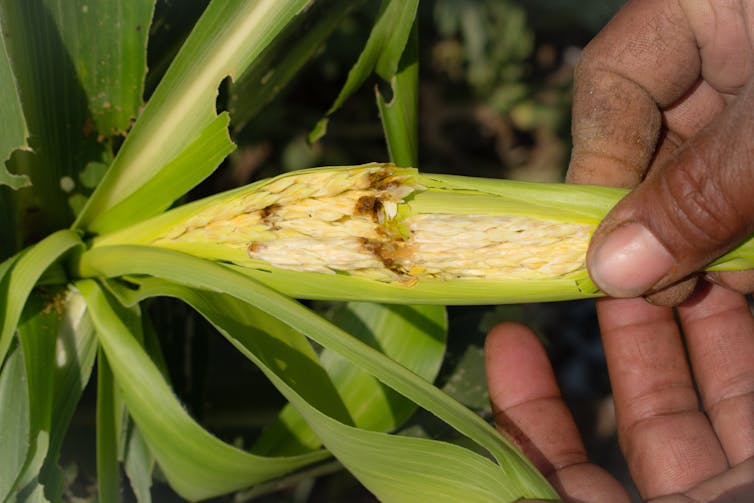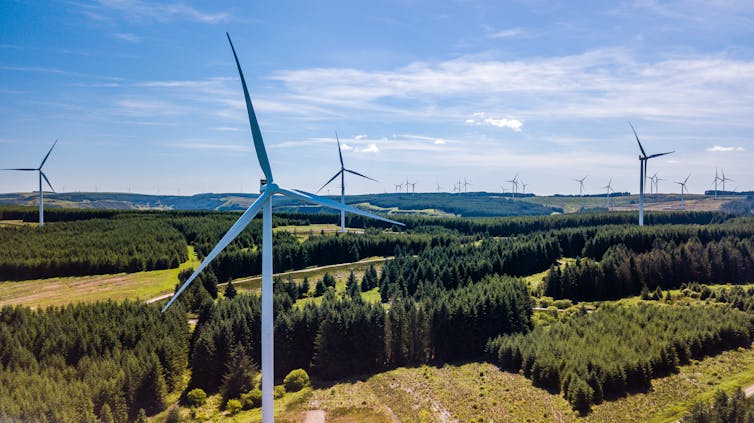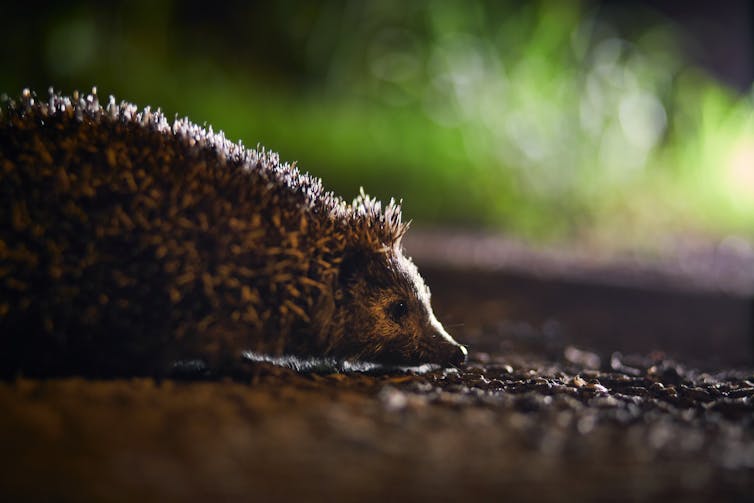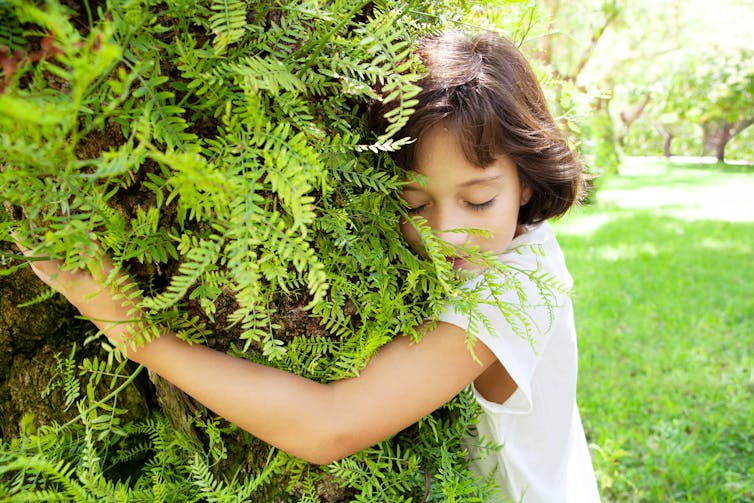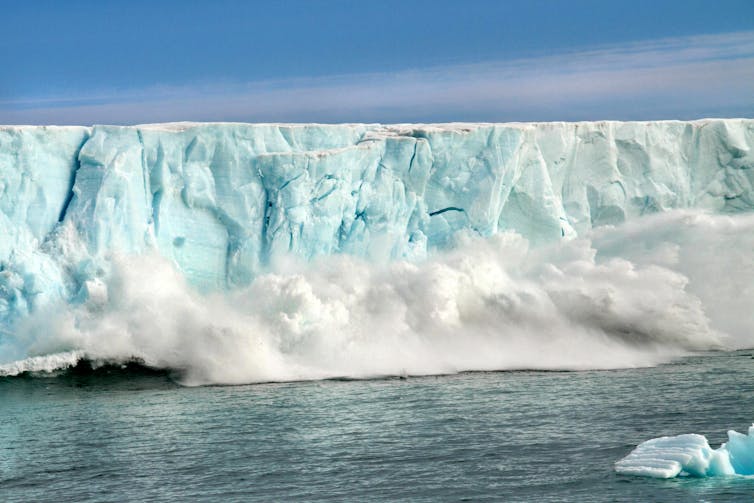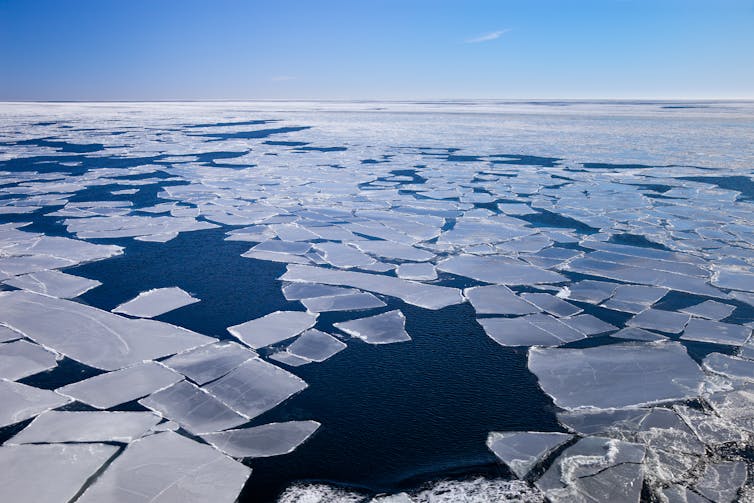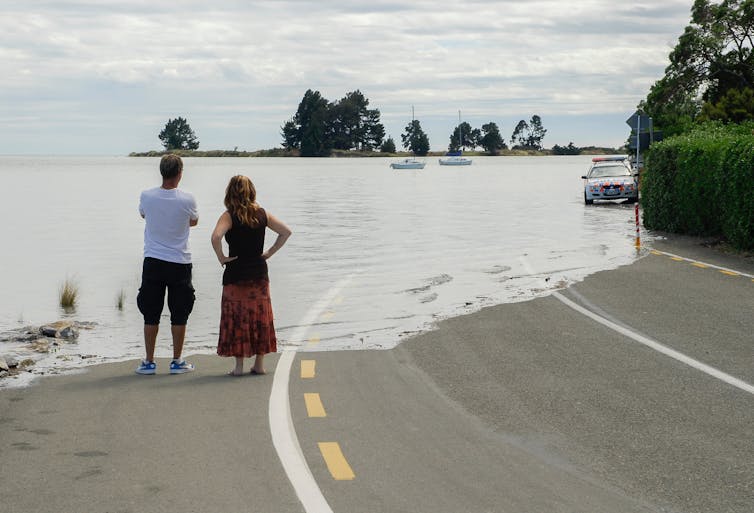Above the village of Myddfai, Escairllaethdy Farm stretches over 150 acres. The farm, which lies on the western edge of the Brecon Beacons at the foot of the Black Mountains, has been in Hywel Morgan’s family since his grandfather bought it after the Second World War. It’s an upland livestock farm, and Hywel also has grazing rights on the common land on Mynydd Myddfai for his sheep, horses, and, more recently, cattle. He describes himself as a hill farmer, and one who is especially passionate about the hills.
For the past five years Hywel has been gradually reducing the impact of his farming methods on the land. In an interview in March 2022, he told me more about how this came about. In the wake of Brexit, Hywel met with a Welsh civil servant and asked him what was really required of farmers in this new political context. The reply was that what the Government wanted was for farmers to farm “with nature”. This set Hywel on a journey of discovery that included a study-tour with the Farming Connect Management and Exchange scheme, investigating low-impact farming in Britain and continental Europe, as well as a visit to the Food and Farming conference in Aberystwyth, where he found disappointingly few farmers but did discover a stand for the Nature Friendly Farming Network. He decided to get involved.
Hywel’s move into lower-impact, nature-friendly farming has had a number of practical results. One is in the amount of hedgerow now on the farm. He explained: “I’ve put in about a thousand metres of double fencing every year for the past five years for hedgerow restoration, whether that is planting new hedges, coppicing hedges, or hedge-laying”. He has also been letting the hedges grow taller, sometimes leaving them for three years before cutting them. He says with a sense of pride, “All of a sudden I saw all these birds around in later winter”. The beneficial effects of the hedges are visible in the summer too, reflected in the behaviour of the livestock. Hywel has noticed that on hot summer days his sheep and cows hide in the shade of the hedges, “and when the sun moves they move with the shade”. He adds, “Watching your animals tells you a lot”. He has also given up using artificial fertiliser and cut down on pharmaceuticals. Where he used to spray off a field of grass with Roundup and drill swedes for the sheep, he now conserves the grass for winter feed.
Farming in a nature-friendly way has involved some changes in the kind of livestock Hywel keeps on the land. He has introduced Highland cattle to his herd, and practises conservation grazing with all of his cattle. The Highlands live up on the hill and Hywel can already see how this stimulates greater biodiversity. In this respect cattle do better than sheep, “because sheep will nibble the short sweet grass right down. The cattle will just trample it for a start, and by trampling it they’re putting organic matter back into the soil and regenerating it a bit”. The hoof impact helps to create habitat for invertebrates and the browsing methods of the cattle “will leave a bit more over for nature”.
How much to leave for nature is a potentially difficult question given that farms are businesses and need to be run as such. Hywel admits that “production-wise it isn’t fantastic because you’re producing less meat per acre or per hectare”, but he argues with great conviction that “we have to have this balance of food production and nature – biodiversity and wildlife – and finding the sweet spot between biodiversity and productivity is key”.
Hywel’s relationship with this landscape is steeped in its history as well as invested in its future. Myddfai is a kind of hallowed ground, the ancient home of the legendary Lady of the Lake and the Physicians of Myddfai, The story of the mysterious Lady and her children, who began a tradition of healers in the village that continued for hundreds of years, was included in The Red Book of Hergest which dates from the late 14th century. Among other tales, the manuscript tells the story of the son of a famer killed fighting to preserve the independence of Wales, who while wandering along the edge of Llyn y Fan Fach, saw a beautiful woman sitting on the surface of the lake. He fell in love with her and wooed her with gifts of bread. On the third occasion, with the bread cooked exactly to her liking, the woman agreed to marry him and stay with him “until she received from him three blows, without any cause”.[i] It was a long time before the man landed the third blow on his wife, but true to her word, she left him and returned to the Lake. The story might be read as a stark warning against domestic violence. But there is a more positive kind of sequel. The couple had three sons and the mother sometimes appeared to them, teaching them about the medicinal qualities of the plants to be found in the area. The boys grew up to become skilful physicians who then recorded their knowledge in writing, “for the benefit of mankind throughout all the ages”.
In a quiet and modest way, Hywel thinks of himself as the inheritor this tradition of herbal knowledge. He has begun planting herbal leys in preference to rye grass because, as he says, “if I can’t grow them, who should?” As a society, we are probably only just beginning to discover how much can be learnt from the herbal medicines of the past. In part this is because the awareness of such sophisticated knowledge and wisdom has been obscured by more dominant, often urban-centric narratives. While the Enlightenment represented a huge advance in knowledge in some areas of the British Isles, the historian David Gange has written of how it benefited the big cities of the British Isles but actually heralded an age of darkness for other areas of the archipelago. In Wales it contributed to the suppression of the histories of the Age of the Saints, a period of intense Christian activity linked with learning and with the emergence of a deeply rooted Welsh culture.
Hywel takes inspiration from this ancient past as well as trying to draw on the practices of his own more recent ancestors. In some respects, regenerative farming means remembering agricultural methods from before the industrialisation of farming – which took place most significantly in the wake of the Second World War and the Agriculture Act of 1947. Farmers involved in nature-friendly farming often look back not to their fathers’ generation for wisdom but to that of their grandfathers and great-grandfathers, who were farming before the intensification of agriculture really took hold. In some ways, those generations modelled a way of life that seems preferable to the pressured lives of contemporary farmers. Hywel admits: “But hearing my father repeating stories about my grandad, his dad, I thought how fantastic life sounded. Hard, but just going up on a hill on horseback and chatting to a fellow grazier for hours and hours on end”. Now, in contrast, he says: “I feel like we’re just working. Like we’re running faster to stand still at the moment, because even at 15 I had my own sheep, and I pretty much had the same money then as I’m having now. It hasn’t changed. The price of fertiliser and feed and fuel and everything’s gone up crazy, but what we get for the end product hasn’t”.
The stories from the past, both ancient and more modern are significant. They speak of a tradition of farming on the Welsh uplands that has been in place for millennia. This tradition reflects a particularly deep relationship with the landscape built through hard toil and a commitment to learning the character of the land itself. Hywel’s story is an important counter to some of the current rewilding narratives that, at their most extreme, seem to suggest that the uplands would be better left untouched by farming of any kind. It is because of his careful stewardship that his land is flourishing.
Part of this process involves learning to see how the landscape might begin to heal itself. In a sense, Hywel is continuing in the tradition of the Physicians of Myddfai. Farmers like him are physicians of the land: wise practitioners who don’t impose a range of chemically based industrial-style remedies on the earth, but as the medieval Physicans of Myddfai were reputed to do, find ways of helping the patient through small interventions. This means moving away from the big-ag big pharma model in which agriculture is dominated by pharmaceutical companies and their agrochemicals, and thinking about what the land itself can do.
But regenerative farming does not just mean looking back in time. What struck me most when I first visited Esgairllaethdy was the way in which the wisdom of the past was being combined with some extraordinary contemporary technology. The Highland cattle on the hill wear collars fitted with GPS equipment. The collars enable Hywel to monitor where the cattle are and control their movement by setting up virtual fences using an app on his phone. When the cattle cross the boundary of the virtual field that Hywel maps out for them, the collars emit a high-pitched sound that causes them to step back into their allocated area. He tells me: “I think, in time, I’ll be able to manage without the collars, because the cattle will get used to the place”.

While Lyn y Fan Fach, the lake from which the legendary Lady emerged is two miles from Hywel’s farm, up on the mountain that adjoins his land, Hywel does now have a mini-lake of his own. He had always wanted a pond on his farm and two year’s into his membership of Glastir Advanced (a whole-farm sustainable land management scheme), he decided to build one. While some construction issues meant that the pond sometimes dries out, when the rain comes it creates a pool. After four days of heavy rain last Autumn, Hywel says, “the pond was full to overflowing”. He has witnessed how the pond has brought new species to the farm: “There was a duck there yesterday, there’s a heron, there’ll be Canadian geese, there’s all sorts of insects, dragonflies, around there”.
When I first visited Esgairllaethy in October 2021, I was at a low ebb: like everyone else, I was reeling from the practical and emotional effects of eighteen months of the pandemic, and from environmental fears prompted by the findings of the 2021 IPCC report and the figures for bioversity decline that came out before COP2021. But walking in the drizzling rain on the Open Farm Day walk, I felt buoyed up by an unexpected sense of hope. Here we were, in the midst of a vibrant landscape nurtured by a farmer whose deep love for the place and growing knowledge of its needs inform his farming practices. Species declining elsewhere are still present here and increasing in number – the hare, the curlew, and the skylark – and species new to the farm are arriving. With a newfound optimism, I thought of how the pond is providing a haven for passing waterfowl; how the Highland cattle on the hill are disturbing the ground, making new habitats for invertebrates and encouraging the growth of rare plants; and how the restored hedges are providing shelter for overwintering birds and shade for the livestock in summer. There’s a strong sense here of how the land is gradually recovering its health and how we in turn might heal our relationship with it.
————————–
 |
| Pippa Marland |
Excerpts from the interview with Hywel Morgan are quoted here with his kind consent.
This blog is written by Pen and Plough researcher Dr Pippa Marland and is based on her interview with Hywel Morgan (https://thepenandtheplough.wordpress.com/2022/05/17/an-interview-with-nature-friendly-farmer-hywel-morgan-pippa-marland/) and published with his permission. Illustrations by Katie Marland. This blog has been reposted with kind permission from Pippa Marland. View the original blog.
Katie Marland is an artist and illustrator based between Bristol and London, where she recently completed her masters at the Royal Drawing School. Her practice is research-led, working from esoteric texts, medical history, museum collections and from close observation of the natural world. Her work can be found on her website, on instagram @kmarlandart, and on twitter @kmarlandart.
[i] Additional information about the stories of the Lady of Lake and the Physcians of Myddfai is drawn from Terry Breverton’s (2012) The Physicians of Myddfai: Cures and Remedies of the Mediaeval World (Carmarthenshire: Cambrian Books).



